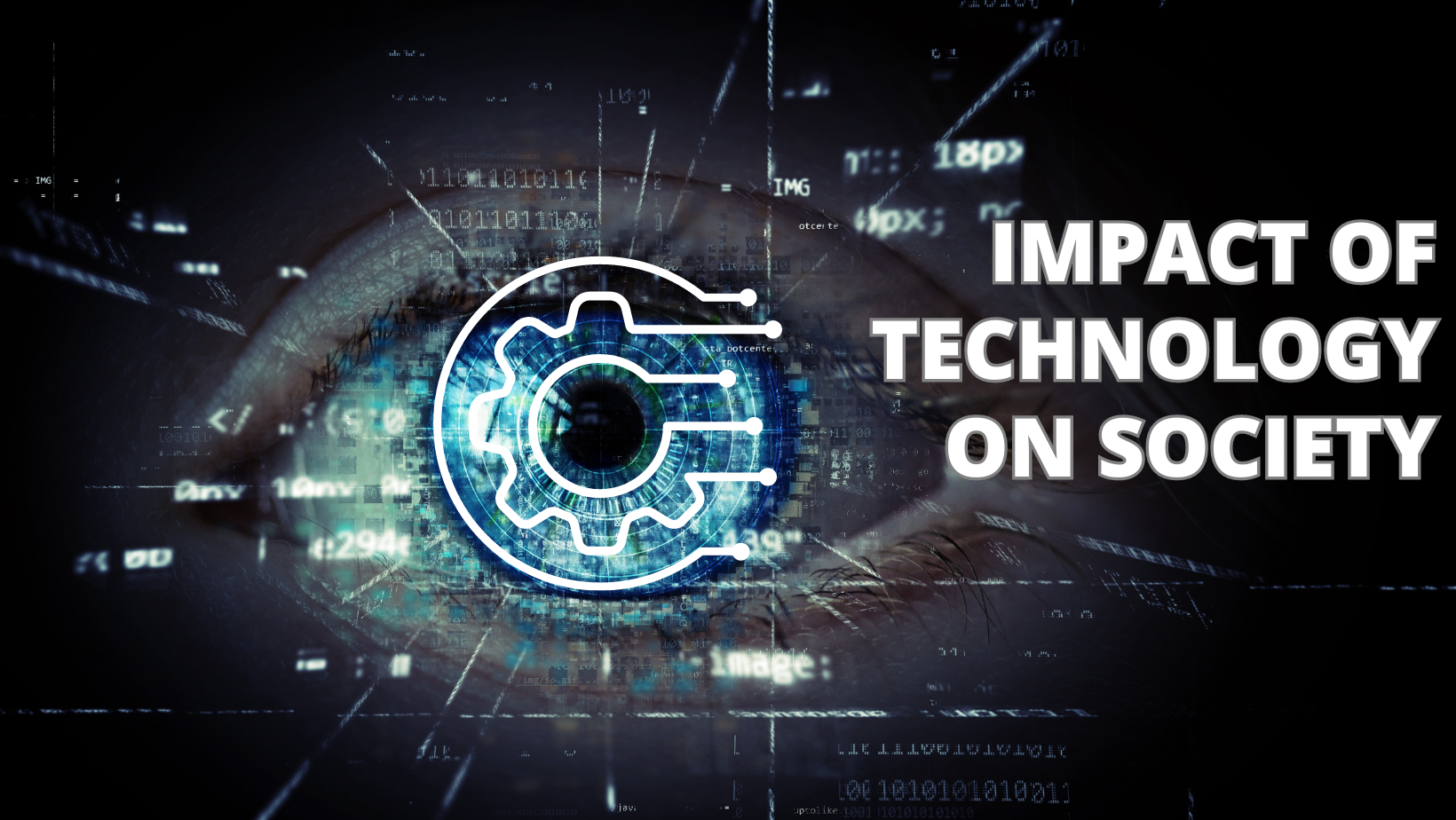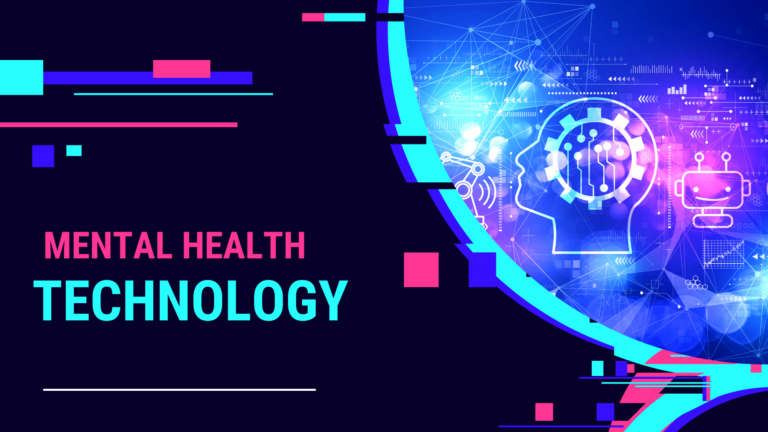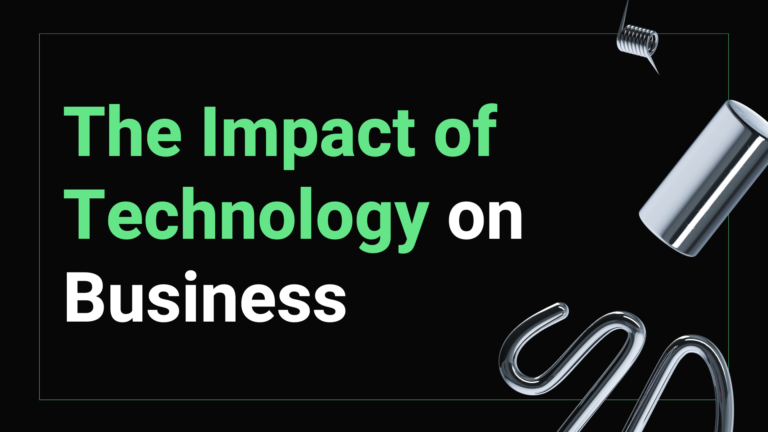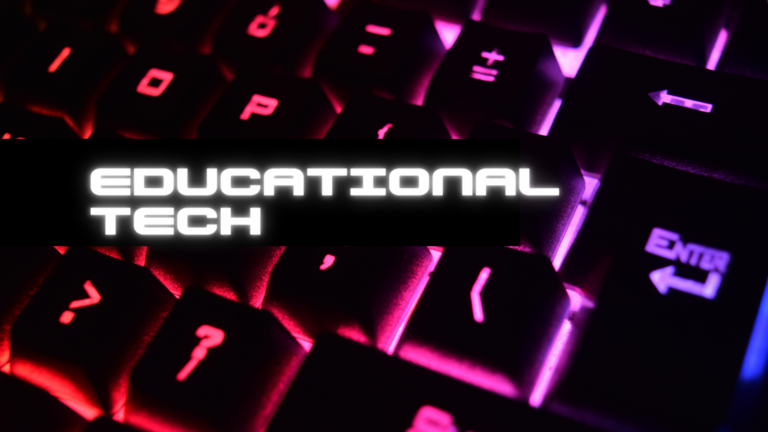Impact of Technology on Society
Impact of Technology on Society

Introduction:
Innovation has altered the manner in which we live, work, and connect with one another. Impact of Technology on Society In only years and years, it has changed the texture of our general public, achieving huge advantages and exceptional difficulties. As we keep on embracing mechanical headways, it’s fundamental to comprehend their sweeping effect on our lives, networks, and the world overall. In this article, we’ll dive into the complex impacts of innovation on society, investigating both the benefits and drawbacks, to all the more likely explore this quickly developing scene.
1. The Positive Impact of Technology on Communication
2. How Technology Has Transformed the Way We Work
3. The Effect of Technology on Mental and Physical Health
4. Technology’s Influence on Social Relationships and Community Building
5. The Role of Technology in Access to Education and Information
6. The Dark Side of Technology: Cyberbullying, Privacy Concerns, and Addiction
7. Technology’s Impact on the Environment: Sustainability and Innovation
8. The Ethical Implications of Emerging Technologies like AI and Robotics
9. The Digital Divide: How Technology Affects Different Socio-Economic Groups
10. The Future of Technology: Predictions and Implications for Society
Section2: How Innovation Has Changed the Manner in which We Work
Impact of Technology on Society has decisively changed the labor force and the manner in which we approach our positions. Here are a few critical ways innovation has influenced the universe of work:
– Remote Work: With the ascent of virtual specialized instruments, distributed computing, and joint effort programming, remote work has turned into the new standard. This shift has empowered more noteworthy adaptability, decreased driving time, and expanded efficiency.
– Robotization and Proficiency: Innovation has computerized numerous dull and ordinary errands, saving time for more inventive and vital work. This has prompted expanded proficiency, decreased blunders, and worked on generally speaking execution.
– New Position Open doors: Innovation has made new ventures, work jobs, and vocation ways that didn’t exist previously. Models incorporate programming advancement, information science, computerized promoting, and network protection.
– Abilities Preparing and Improvement: Web based learning stages and assets have made it simpler for laborers to upskill and reskill, remaining pertinent in a quickly changing position market.
– Virtual Groups and Worldwide Coordinated effort: Innovation has empowered consistent correspondence and cooperation across borders, encouraging worldwide collaboration and advancement.
– Changes in Conventional Businesses: Impact of Technology on Society has upset customary ventures like assembling, strategies, and client assistance, driving them to adjust and advance to stay cutthroat.

Section 3: The Impact of Technology on Mental and Actual Wellbeing
Innovation significantly affects both our psychological and actual prosperity, with both positive and unfortunate results.
Emotional well-being: Expanded Pressure and Uneasiness: The steady warnings, messages, and virtual entertainment updates can make a feeling of unending pressure and tension.
– Social Confinement: Over-dependence on innovation can prompt diminished up close and personal cooperation, adding to sensations of forlornness and segregation.
– Cyberbullying: The obscurity of the web can cultivate a culture of tormenting and badgering, with serious emotional well-being suggestions.
Actual Wellbeing: Inactive Way of behaving: The ascent of screen time has prompted a stationary way of life, adding to heftiness, diabetes, and cardiovascular sickness.
– Lack of sleep: Openness to screens and the steady notices can upset rest designs, prompting weakness, diminished efficiency, and mind-set unsettling influences.
– Stance and Eye Strain: Delayed screen time can cause actual distress, eye strain, and unfortunate stance.
Beneficial outcomes: Admittance to Wellbeing Assets: Innovation has made it more straightforward to get to wellbeing data, talk with experts, and track individual wellbeing measurements.
– Telemedicine: Virtual medical care administrations have extended admittance to clinical consideration, particularly for rustic or underserved populaces.
– Wellbeing and Wellness Applications: Innovation has empowered customized wellness and wellbeing programs, empowering solid propensities and way of life changes.
Section4: Innovation’s Effect on Friendly Connections and Local SectionBuilding
Impact of Technology on Society has significantly affected the manner in which we structure, keep up with, and collaborate in friendly connections and networks.
Beneficial outcomes: Worldwide Availability: Innovation has spanned topographical holes, empowering moment correspondence and association with individuals around the world.
– Virtual Entertainment People group: Web-based entertainment stages have made web-based spaces for individuals to share interests, interests, and encounters, encouraging a feeling of having a place and local area.
– Reconnection and Recovery of Connections: Innovation has made it more straightforward to reconnect with lifelong companions, cohorts, and associates, restoring connections that might have in any case been lost.
Adverse consequences: Social Confinement and Depression: Over-dependence on innovation can prompt diminished eye to eye connection, extending sensations of dejection and separation.
– Depersonalization and Shallow Associations: Online collaborations can need profundity and closeness, prompting shallow connections and a feeling of disengagement.
– Cyberbullying and Online Provocation: Innovation has empowered mysterious tormenting and badgering, harming connections and causing close to home misery.
The Eventual fate of Social Connections: Equilibrium and Limits: Finding a good overall arrangement between innovation use and up close and personal cooperation is essential for sustaining significant connections.
– Computer generated Reality and Expanded Reality: Arising advancements might reform social collaborations, empowering vivid encounters that mimic face to face associations.
– Computerized Manners and Sympathy: As innovation propels, creating compassion and understanding in web-based connections, encouraging a culture of generosity and respect is fundamental.
Section5: The Job of Innovation in Admittance to Schooling and Data
Innovation has altered the manner in which we access and consume data, changing the schooling scene and democratizing admittance to information.
Internet Learning Stages: MOOCs (Monstrous Open Web-based Courses): Sites like Coursera, edX, and Udacity offer free web-based courses from top colleges around the world.
– Virtual Homerooms: Online stages empower remote picking up, associating understudies with instructors and companions universally.
– Admittance to Quality Schooling: Innovation has made great instructive assets available to individuals who might not have approached in any case.
Advanced Assets: E-Libraries and Advanced Files: Online stores give moment admittance to books, articles, and authentic reports.
– Web indexes and Online Reference books: Web search tools like Google and online reference books like Wikipedia have made data promptly accessible.
– Open-Source and Cooperative Learning: Innovation empowers cooperative information creation and sharing, advancing open-source learning and development.
Difficulties and Concerns: Computerized Separation: Not every person has equivalent admittance to innovation, making a hole in admittance to data and training.
– Data Over-burden and Validity: The wealth of online data can be overpowering, and it is fundamental to confirm believability.
– Protection and Security: Internet learning and data sharing raise worries about information security and security.
The Eventual fate of Schooling and Data: Customized Learning: Innovation will keep on empowering custom-made opportunities for growth, adjusting to individual necessities and capacities.
– Artificial intelligence Controlled Training: Man-made reasoning will upgrade internet picking up, giving constant criticism and versatile appraisals.
– Long lasting Learning: Innovation has made it conceivable to advance all through our lives, encouraging a culture of nonstop expertise procurement and self-improvement.
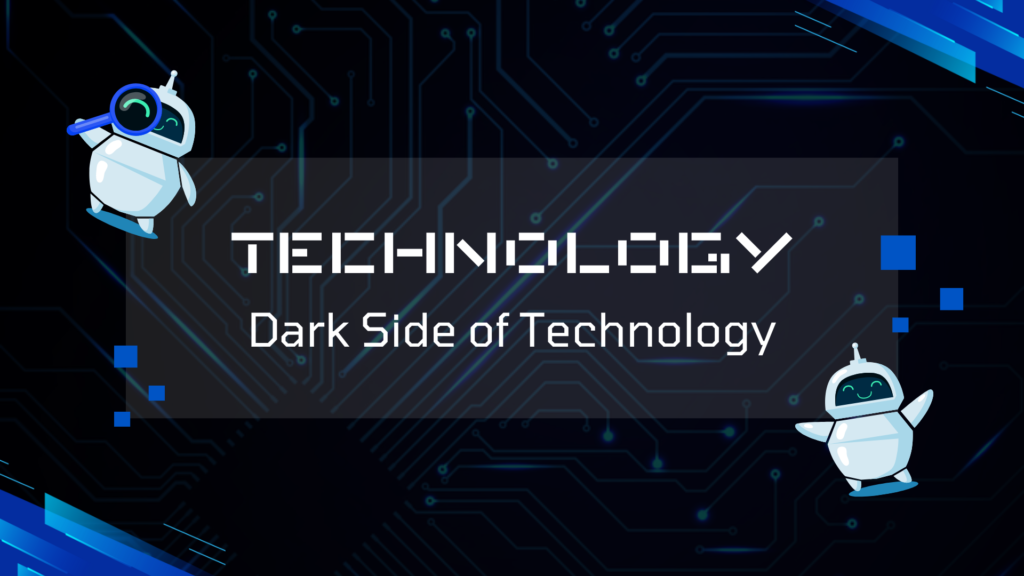
Section 6: The Dark Side of Technology: Cyberbullying, Privacy Concerns, and Addiction
While technology has revolutionized our lives, it also has a darker side that warrants attention and action.
Cyberbullying: Definition and Prevalence: Cyberbullying involves using technology to harass, intimidate, or threaten others, affecting millions of people worldwide.
– Consequences: Cyberbullying can lead to emotional distress, depression, anxiety, and even suicide.
– Solutions: Education, awareness, and reporting mechanisms can help prevent and address cyberbullying.
Privacy Concerns: Data Collection and Usage: Tech companies collect vast amounts of personal data, raising concerns about privacy, security, and exploitation.
– Surveillance Capitalism: The business model of collecting and selling personal data has created a surveillance economy that erodes privacy.
– Data Protection Regulations: Regulations like GDPR and CCPA aim to safeguard personal data and ensure transparency.
Technology Addiction: Definition and Symptoms: Technology addiction involves excessive and compulsive technology use, leading to negative impacts on mental and physical health.
– Consequences: Addiction can lead to social isolation, decreased productivity, and decreased attention span.
– Solutions: Setting boundaries, practicing digital detox, and seeking professional help can aid in recovery.
To Mitigate the Dark Side: Education and Awareness: Educating individuals about cyberbullying, privacy concerns, and addiction can foster responsible technology use.
– Technological Solutions: Developing technologies that prioritize privacy, security, and well-being can help mitigate the dark side.
– Policy and Regulation: Implementing effective policies and regulations can ensure technology serves humanity, not the other way around.
Section 7: Technology’s Impact on the Environment: Sustainability and Innovation
Technology has a profound impact on the environment, with both positive and negative consequences.
Negative Impacts: E-Waste and Pollution: The rapid obsolescence of technology leads to massive electronic waste, contributing to pollution and environmental degradation.
– Energy Consumption and Carbon Footprint: Technology requires significant energy resources, contributing to greenhouse gas emissions and climate change.
– Resource Depletion: The extraction and processing of rare earth minerals and other resources for technology production can harm the environment.
Positive Impacts: Renewable Energy and Efficiency: Technology enables the development and integration of renewable energy sources, reducing our reliance on fossil fuels.
– Sustainable Practices and Circular Economy: Technology promotes sustainable practices, such as recycling, upcycling, and waste reduction.
– Environmental Monitoring and Conservation: Technology aids in monitoring and protecting the environment, enabling data-driven conservation efforts.
Innovations and Solutions: Green Technology and Clean Tech: Innovations like solar panels, wind turbines, and eco-friendly batteries drive sustainable development.
– Smart Grids and Energy Storage: Technologies like smart grids and energy storage systems optimize energy distribution and consumption.
– Sustainable Supply Chains and Production: Companies prioritize sustainable practices, reducing their environmental footprint throughout the production process.
The Future of Technology and Environment: Carbon Neutrality and Net-Positive Impact: Companies aim for carbon neutrality, and some strive for a net-positive environmental impact.
– Circular Economy and Closed-Loop Systems: Technology enables the development of circular economies, where resources are continually cycled back into production.
– Environmental Restoration and Regeneration: Technology aids in restoring and regenerating ecosystems, promoting biodiversity and ecological health.
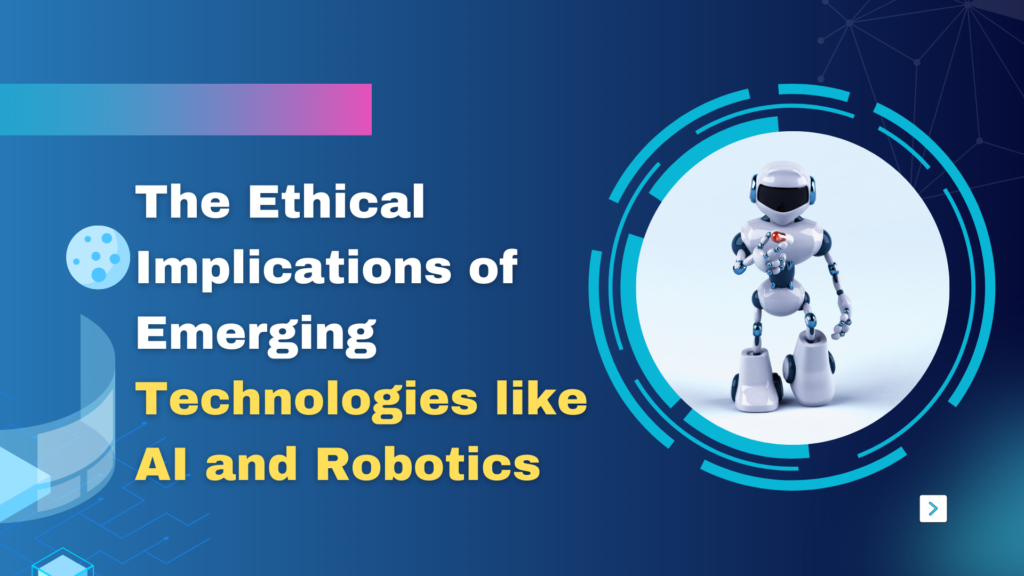
Section 8: The Ethical Implications of Emerging Technologies like AI and Robotics
Impact of Technology on Society like AI and robotics raise important ethical considerations, impacting society, individuals, and the future of work.
Artificial Intelligence (AI): Bias and Discrimination: AI systems can perpetuate and amplify existing biases, leading to unfair outcomes and discrimination.
– Job Displacement and Economic Impact: AI-driven automation may displace jobs, exacerbating income inequality and economic instability.
– Privacy and Surveillance: AI systems often rely on vast amounts of personal data, eroding privacy and potentially enabling surveillance states.
Robotics: Job Displacement and Workforce Transformation: Robotics may replace human workers, necessitating significant workforce retraining and upskilling.
– Autonomous Systems and Decision-Making: Robots and autonomous systems raise questions about accountability, decision-making, and potential biases.
– Safety and Liability: As robots become more prevalent, ensuring safety and addressing liability concerns will be crucial.
Ethical Considerations: Value Alignment and Transparency: Ensuring AI and robotics align with human values, and their decision-making processes are transparent, is essential.
– Human Oversight and Accountability: Implementing appropriate oversight mechanisms and accountability frameworks will prevent potential misuses.
– Inclusive and Diverse Development Teams: Diverse development teams can help mitigate potential biases and ensure emerging technologies serve humanity’s needs.
The Future of Work and Society: Upskilling and Reskilling: Preparing workers for an AI-driven economy will require significant investment in education and retraining programs.
– Social Safety Nets and Support Systems: Implementing robust social safety nets and support systems will help mitigate the impact of technological unemployment.
– Human-Centered Design and Development: Prioritizing human-centered design and development will ensure emerging technologies benefit humanity, not just a select few.
Section 9: The Digital Divide: How Technology Affects Different Socio-Economic Groups
The digital divide refers to the unequal access to technology and its benefits, exacerbating existing social and economic inequalities.
Disparities in Access: Income and Socio-Economic Status: Those from lower-income backgrounds face barriers in accessing technology, perpetuating socio-economic disparities.
– Geographic Location and Infrastructure: Rural areas and developing countries often lack reliable internet infrastructure, hindering access to technology.
– Age and Generational Differences: Older adults and seniors may struggle with technology adoption, feeling left behind in the digital age.
Disparities in Skills and Literacy: Impact of Technology on Society in Literacy and Education: Unequal access to quality education and digital literacy training widens the gap in technology adoption and usage.
– Skills and Training Opportunities: Limited access to skills training and development programs hinders socio-economic mobility.
Consequences and Implications: Exacerbating Inequality and Social Isolation: The digital divide perpetuates social and economic inequalities, potentially leading to increased social isolation.
– Limited Access to Information and Resources: Those excluded from technology miss out on vital information, resources, and opportunities.
Bridging the Digital Divide: Affordable Access and Infrastructure Development: Initiatives like low-cost internet plans and infrastructure development can increase access to technology.
– Digital Literacy and Education Programs: Targeted education and training programs can empower marginalized groups to develop necessary skills.
– Inclusive Design and Development: Technology designed with diverse needs in mind can help bridge the digital divide.

Section 10: The Future of Technology: Predictions and Implications
As technology continues to evolve, it’s essential to consider the potential future developments and their implications.
Predictions: Increased AI Adoption and Integration: AI will become more ubiquitous in various industries, transforming workflows and decision-making processes.
– Expansion of the Internet of Things (IoT): More devices will become connected, generating vast amounts of data and enabling new efficiencies.
– Quantum Computing and Advanced Technologies: Next-generation computing and emerging technologies like blockchain and 5G will reshape industries and societies.
Implications: Job Market Shifts and Skills Evolution: Automation and AI may displace certain jobs, but new technologies will also create new opportunities and require adapted skill sets.
– Enhanced Productivity and Efficiency: Technology will continue to optimize processes, leading to increased productivity and innovation.
– Ethical Considerations and Responsibility: Developers and users must address emerging ethical concerns, ensuring technology serves humanity’s needs.
Preparing for the Future: Investing in Education and Reskilling: Preparing workers for the future job market requires significant investment in education and retraining programs.
– Encouraging Responsible Innovation: Promoting ethical considerations and responsible innovation practices will ensure technology benefits society as a whole.
– Fostering Global Cooperation and Agreement: International collaboration and agreements will be crucial in addressing the challenges and opportunities presented by emerging technologies.
Conclusion
In conclusion, Impact of Technology on Society has revolutionized our world, transforming the way we live, work, and interact with one another. While it offers numerous benefits and opportunities, it also presents challenges and concerns. As we continue to embrace technological advancements, it is crucial that we address the digital divide, ethical implications, and environmental impact. By doing so, we can ensure that technology serves humanity’s needs, fosters global cooperation, and creates a brighter future for all. Ultimately, the responsible development and use of technology will determine its true value, and it is up to us to shape its trajectory for the betterment of society as a whole.
